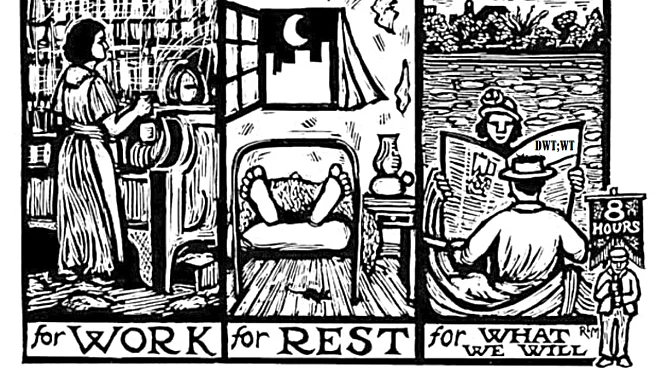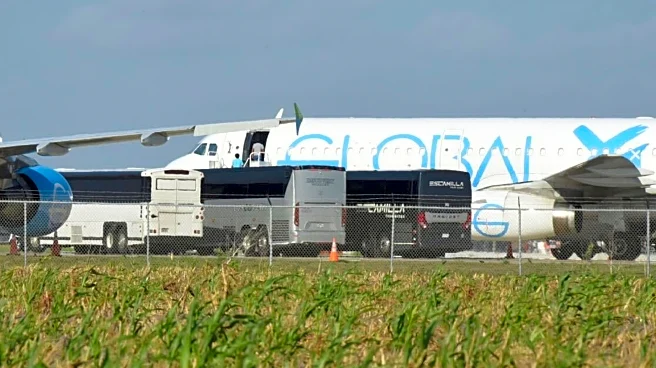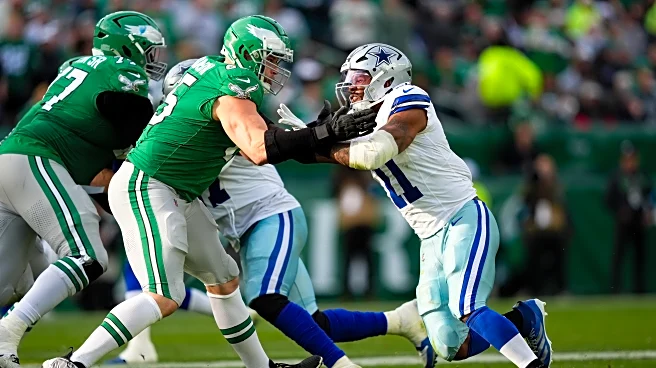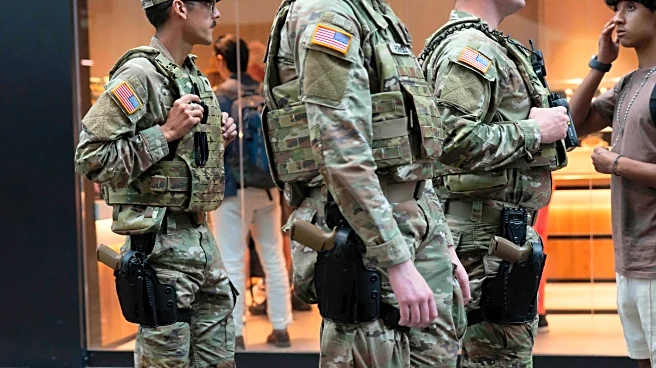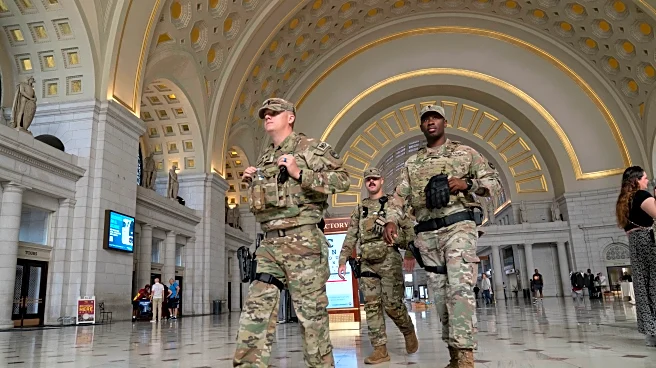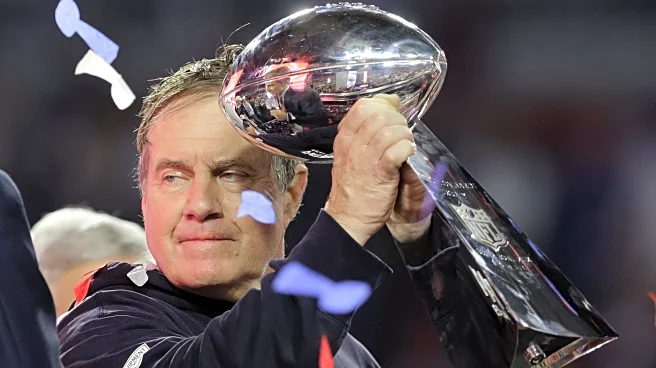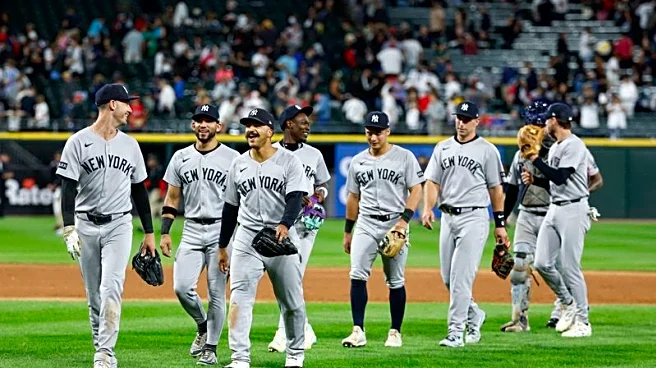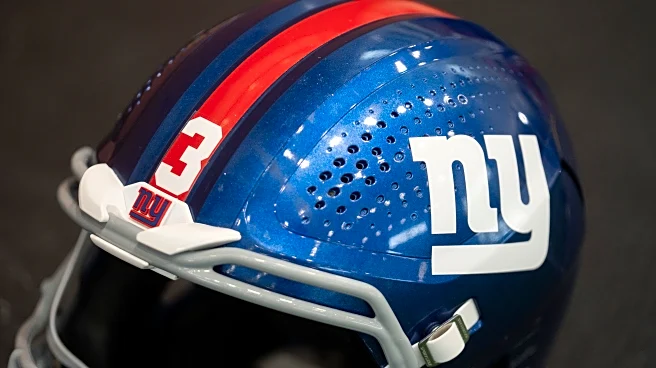
8 hours for work, 8 hours for rest, 8 hours for shitposting.
Happy Labor Day. Thank Peter McGuire and the Carpenters Union—or the New York assemblies of the Knights of Labor—for the idea that the first Monday of September should be given to the workers as a day off.
It was an era in which corporate profits were rising, the “titans of industry” (or “robber barons” if you’re sensible)—the Carnegies, Rockefellers, Vanderbilts, Swifts, et al—of the country were amassing inconceivable fortunes, farms consolidated
as they were held hostage by large packing and transportation corporations, industrial workers lived in squalor, and yet those same blue-collar workers could be convinced to see foreign migration and not industrial greed as the greatest threat to their security.
Ah, history.
Many international workers’ movements had long called for May 1 to be recognized federally as a workers’ holiday; however, following the 1886 Haymarket massacre of striking workers by on-duty Chicago police who felt it necessary to break up a peaceful gathering. An unknown anarchist in attendance threw a bomb, killing several police, and the assembled officers—who had been itching for a fight—opened fire. The May 4 event’s proximity to May 1, which would become International Workers’ Day, had the effect of tarnishing it with the association to radicalism.
Thankfully, I guess—if you’re just waiting for it to get to Labor Day—businesses kept calling for and getting the all-too-gleeful intervention of state-ordered police interventions that backed up the private militias (like the Pinkertons and others) who frequently surveilled, harrassed, and attacked striking workers. That included the day after Haymarket, May 5, 1886, when a strike of 12,000 workers outside the Milwaukee Iron Company’s rolling mill in Bay View met 250 National Guardsmen ordered out by Republican Governor Jeremiah Rusk. The guard captain amended the order of “shoot if they enter the plants” to “shoot to kill,” and, predictably, troops massacred seven workers—one just 13 years old.
These events continued: the Thibodeaux massacre, led by white supremacists in Louisiana in 1887. The Homestead strike of steelworkers in 1892 and the Couer d’Alene miners’ war against the Pinkertons that same year. Over, and over, and over, working people struggling to make a living fought the allied forces of capital and government.
My, how things change.
This boiled over in present-day Chicago in the summer of 1894. The country had been, by this point, gripped for a year by the Panic of 1893, brought on by a collapse in wheat futures and gold prices, the massive McKinley Tariff of 1890 (as high as 50%), and a stock market bubble of overinflated railroad shares that burst in 1893. The stock market fell by a quarter on one day in May 1893, companies rapidly slashed workforce and hoarded gold, unemployment reached about 20%—worse in most industrial cities—and outside the heroic intervention of figures like Detroit’s reform mayor Hazen Pingree (look up Pingree’s Potato Patches for an example of actual goddamn leadership), government figures like business-allied, anti-silver Bourbon Democrat and President Grover Cleveland stayed out of it. Fend for yourselves, poors.
Which brings us to Pullman.

George Pullman had made his fortune on sleeper cars—by the 1890s, a virtual monopoly on the accommodation that improved rail transit over long distances. He moved his operations in the 1880s to a company town he built, named for, and owned himself: Pullman, Illinois. Workers lived in Pullman housing, shopped at Pullman stores, and, of course, worked in Pullman plants.
Well, you may have put two and two together, noticing that if railroads collapsed in the Panic of 1893, that wouldn’t be good for ol’ Fat George.
It wasn’t.
Pullman’s response was to cut wages by 20-30% and refuse to lower rents or prices in his stores.

Workers took it poorly. About a third joined—at great risk to themselves, since they could be fired for joining a union—the American Railway Union, led by Eugene V. Debs. They went on strike in May 1894, and the strike mushroomed to 125,000 rail workers across the country refusing to handle trains that had Pullman cars attached to them.
Effectively, the strike shut down all rail traffic west of Detroit. (Almost like solidarity works.)
Of course, Pullman knew the strings to pull. The company hired Black strikebreakers, inflaming racial tensions in Chicago. As those tensions turned violent, it gave Pullman and local authorities the cover to call for federal marshals to declare an injunction against the ARU and break the strike. (It’s also worth noting that the American Federation of Labor (AFL), at the time the leading national association of unions, stayed out of the strike—allegedly because of a “turf war” for membership but also because the ARU was an unskilled union at a time when the AFL preferred to work with business and government for “pure and simple unionism” rather than rocking the boat.)
Declaring that the strikes violated the Sherman Antitrust Act—a popular tactic at the time, declaring that labor was the true evil because they held a monopoly on labor (yep, really)—Cleveland sent in federal troops over the objections of Illinois Governor John Altgeld and Chicago Mayor John Patrick Hopkins, both labor-allied Democrats. While Altgeld noted that this was not a federal issue, Cleveland used the flimsy excuse of federal control of the mail to overrule him. Most national press outlets sided with Cleveland, blaming the strikers and Altgeld for the violence.
And so, in rode the National Guard: when the dust settled, authorities had killed 30 strikers and wounded dozens more. Debs was jailed for six months on criminal conspiracy charges; the state dissolved the ARU. The Pullman Company and railroads blacklisted most of the workers who supported the strike.
Cleveland’s sot to workers across the country in the aftermath of the 1894 Pullman Strike?
Labor Day.
TCU Horned Frogs vs. North Carolina Tar Heels
7pm | ESPN | TCU -3.5 | O/U 56.5
Today we commemorate all that, for some reason, with a football game between the TCU Horned Frogs and the North Carolina Tar Heels.
Here’s your open thread.
